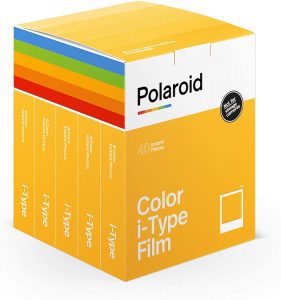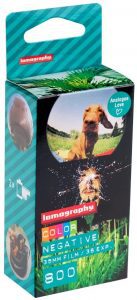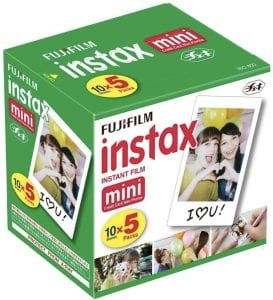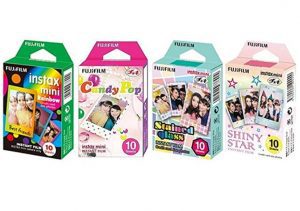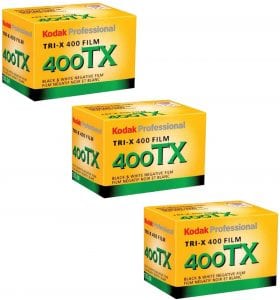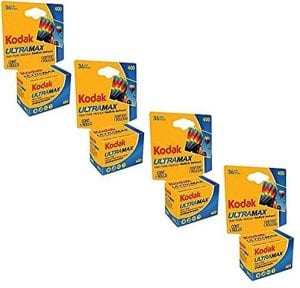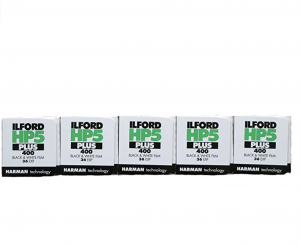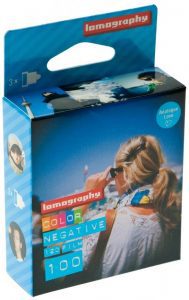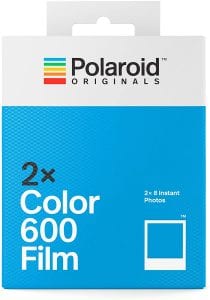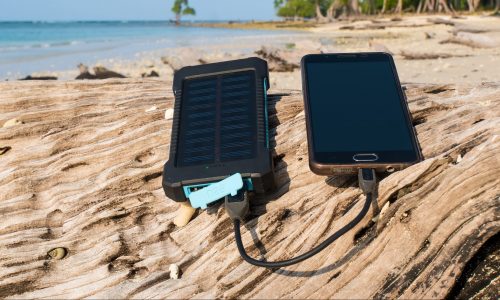The Best Film
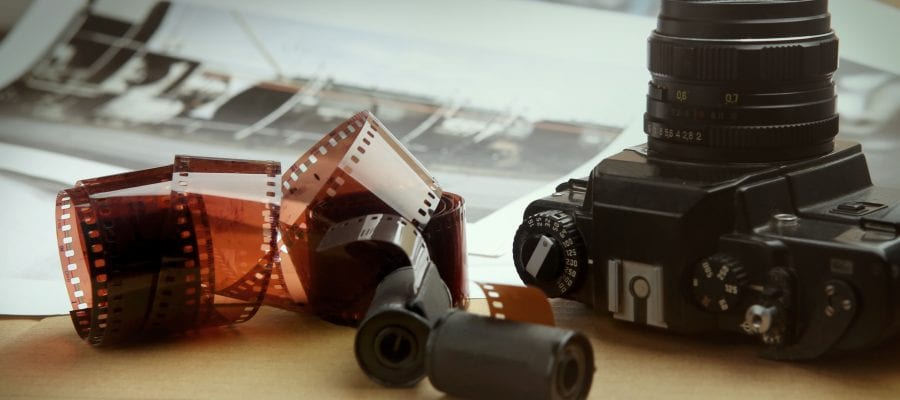
Our Review Process
Don't Waste Your Money is focused on helping you make the best purchasing decision. Our team of experts spends hundreds of hours analyzing, testing, and researching products so you don't have to. Learn more.
Our Picks For The Top Film
- 1. Polaroid Instant Color I-Type Classic Film
- 2. Lomography Color Negative Fine-Grain Film, 3-Pack
- 3. Fujifilm Instax Mini Wallet-Sized Film, 5-Pack
- 4. Fujifilm Instax Mini Camera Film, 4-Pack
- 5. Kodak Tri-X 400TX High Sharpness Panchromatic Film, 3-Pack
- 6. Kodak UltraMax 400 Speed Colorful Film, 4-Pack
- 7. Ilford HP5+ 35mm Black & White Film, 5-Pack
- 8. Lomography Color Negative Medium Format Film, 3-Pack
- 9. Polaroid Originals Color 600 Quick Develop Film, 2-Pack
This film is compatible with Polaroid cameras and offers that classic white frame surrounding each photo. It's designed to work best in bright-light shots, so you'll want to make sure you're shooting during the daytime. After taking the photo, simply turn it upside down, wait 15 minutes for it to fully develop and you're good to go.
Traditional White FramesYou can also get this film with black, gold or silver frames.
Whether you're looking to catch your kid's winning shot during a soccer game or your dog grabbing a frisbee mid-air, this film has you covered. It's able to produce incredible detail, even in low light situations. You can use the film in any 35 millimeter camera.
Great for Action ShotsWith this film pack, you'll get a total of three rolls, each with 36 exposures.
You'll get five packs in this box with 10 sheets for a total of 50 photos. The photos are mini-sized, at only 62mm by 46mm, allowing you to make instant wallet-size pictures. They're designed specifically for use with Fujifilm Instax Mini Series cameras.
Cute and ClassicThis film produces wallet-size photos, sized 62mm by 46mm each.
The film in this bundle is designed for use with the Fuji Instax Mini. The film allows you to take casual photos that can be hung up in your room or immediately shared with a friend. You can even arrange them in a photo album and give them away as a gift.
Affordable MultipackWith this film set, you'll enjoy four background colors, including pink lemonade, black, sky blue and macaron.
Buying Guide
It’s never been easier to take photos. You no longer have to purchase film and get it developed. You can snap photos using your phone and upload them. If you need prints, you can get those easily, too, usually by uploading your photo to a site and having it shipped to your home.
If you do choose to buy a camera, you can find plenty of digital options. Today’s 35mm cameras let you upload photos directly to the cloud, eliminating the need for film. Even many professional photographers use this option, with their clients often requesting digital versions of their photos rather than prints.
But film has undergone an interesting resurgence in recent years as amateur and professional photographers seek it out once again. Analog film brings unique qualities to photos, allowing photographers to do things they can’t do with digital cameras. It also allows artists to experiment with their photography.
If you’re planning to tackle analog photography, you’re probably going for a 35mm camera. These come in a variety of options, and you’ll likely find you need to pay attention to these specifications if you want high-quality photos.
There are three major types of 35mm film: transparency film, color negative film and black-and-white negative film. Color negative film is more popular than transparency, which is also known as slide film. But black-and-white film is also a good option, allowing you to shoot high-quality classic-looking photos.
Another option that has seen a return in popularity is instant film. A Polaroid camera allows you to take a shot and have it print out immediately. It takes about 15 minutes for the film to fully develop, at which point you’ll have a full-color snapshot. Even with the popularity of digital photos, many younger generations have discovered the benefits of being able to have a print just minutes after taking a photo.
What to Look For
- Shooting with film means adjusting your mindset when it comes to photography. You don’t have the luxury of shooting dozens of pictures and deleting those that don’t work. You also won’t have the luxury of photo-editing tools and filters. This means you’ll need to carefully plan each shot, maximizing lighting and getting the right angle the first time.
- One problem with film-based cameras is that you’re limited on shots. You’ll have to make sure you have enough film on hand if you head out for the day. You’ll also need to keep extra film canisters at home in case you need them.
- The ISO rating on the film you buy plays an important role. The higher the ISO rating, the more sensitive it is, which means your pictures will be bright. But if you have enough light to shoot with a lower ISO film, you can get better quality photos.
- The number of exposures is listed on the box of any film you buy. If you plan to take quite a few pictures, you’ll probably need to buy multiple boxes.
- Film photography gives you more room to overexpose a photo, then bring the highlights down later. With digital photography, you’re better off underexposing and later pulling out details from the shadow.
- It’s important to store film in a cool, dry place when you aren’t using it. Film also has an expiration date, so you’ll probably want to avoid buying more than you’ll need.
More to Explore
The instant camera was a huge innovation when Edwin Land came up with it in 1948. At that time, you had to wait until film was developed by a lab before you could take a look at your photos. This included vacation pictures. Land invented the instant camera, which had the ability to provide a print within minutes of it being taken. That same year, the Polaroid Land Model 95 came to fruition. In the decades to follow, the technology was perfected. As digital photography became more popular, though, demand for a camera that could print out a photo immediately took a nosedive, only to return a full decade later as consumers saw the benefits of having instant prints.

